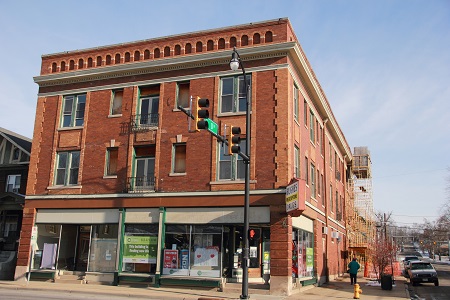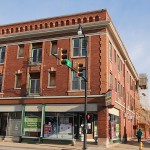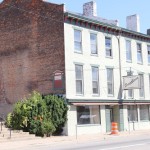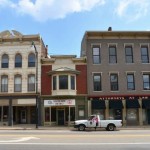Following the successful efforts of the Consortium for Ongoing Reinvestment Efforts in the area around High Street in downtown Hamilton, the public-private partnership is now taking a more targeted approach to spark new investment along Main Street in the city’s historic Rossville neighborhood.
CORE has acquired a collection of 10 properties along the Main Street corridor that they say were purchased either due to availability or significance. The hope, they say, is to make an immediate impact on private property movement in the district.
The group does this by making strategic property acquisitions, returning them to productive use, then selling the properties to new private owners. In order to have the broadest impact, CORE also works with City Hall on more traditional economic development efforts to enhance the value of their properties and those around them.
“CORE’s first commitment is to reset and realign commercial storefronts, and increase economic and human activity at the street level,” Michael Dingeldein, Executive Director of CORE, explained to UrbanCincy. “That being said, additional residential density in the upper levels can and will also support increased foot traffic on Main Street.”
While leadership at CORE notes that their mission has been to focus on Hamilton’s city center, the new effort marks the partnership’s first major play outside of downtown. The move comes at the same time as several other initiatives, led by Hamilton City Council and Greater Hamilton Chamber of Commerce, to boost the historic district on the west side of the Great Miami River.
The organization has been incredibly successful on the other side of the river downtown; and they see similar conditions along Main Street that can be leveraged.
Among other items, Dingeldein noted that the Main Street corridor boasts excellent architecture, terrific proximity to high quality neighborhoods, and an inviting pedestrian scale. At the same time, the district is lacking in diverse retail offerings, struggles with a negative public perception, and needs significant investments to improve building and sidewalk conditions.
But as is similar with many other neighborhood business districts, he says that reestablishing a residential presence above commercial retail will be critical.
“One of the biggest challenges will be to establish market rate residential density in the upper floors, over diverse retail storefronts on the street level,” said Dingeldein.
If indications are at all accurate, he may very well be right. As of now, he estimates that only half of the storefronts along Main Street are occupied, while less than 10% of the upper floors are being utilized for residential space.
“Our momentum and success in Hamilton in the past five years has been our broad all hands on deck approach to our challenges,” Dingeldein concluded. “Our city government is proactive and engaged, but fully supports all of our civic resources being in the same boat, at the same time, rowing in the same direction.”



